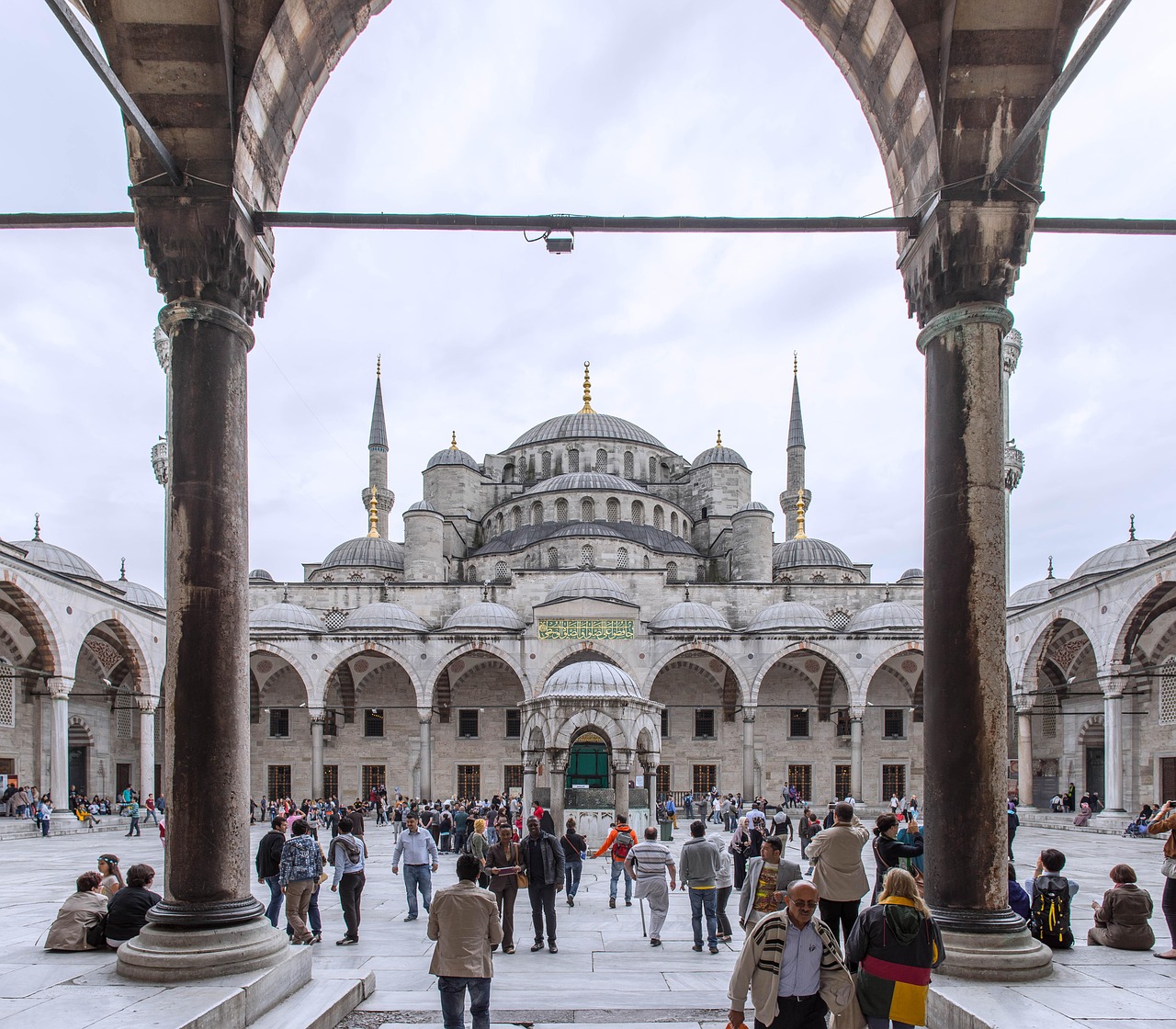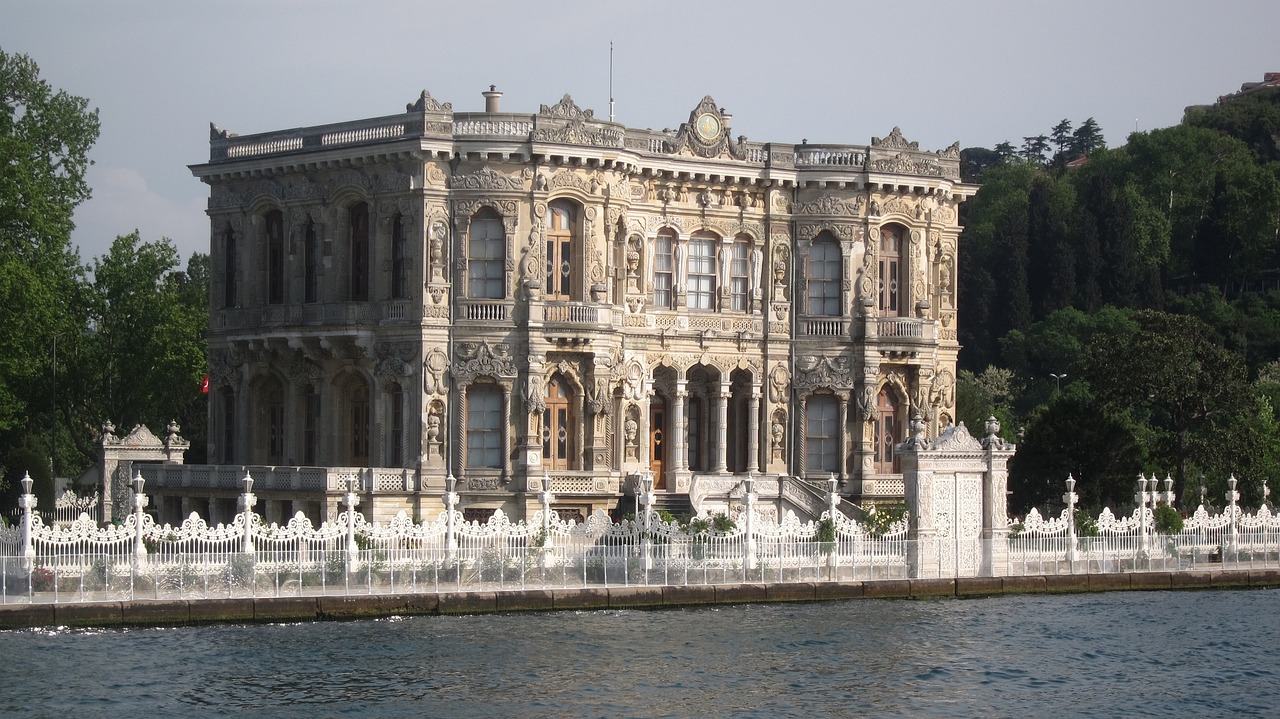Istanbul Turkey Video
Local Myths and Legends of Istanbul, Turkey
Istanbul, Turkey, is a city with a rich history and vibrant culture. Over the centuries, it has become the birthplace of numerous myths and legends that captivate both locals and visitors. These tales often reflect the fascinating blend of Eastern and Western influences that make Istanbul unique. In this article, we will explore ten of the most intriguing myths and legends associated with the city, shedding light on the stories that have shaped Istanbul’s identity.
The Maiden’s Tower: A Symbol of Love and Tragedy
- The Origin of the Maiden’s Tower: According to popular legend, a sultan built the Maiden’s Tower to protect his daughter from a prophecy that foretold her death by a snake bite. However, despite his efforts, the princess was indeed bitten by a snake that hid in a basket of figs sent as a gift. The tower stands as a reminder of this tragic tale.
- The Legend of Leander and Hero: Istanbul’s Maiden’s Tower is often associated with the ancient Greek myth of Leander and Hero. Leander, a young man from the Asian side of the city, would swim across the Bosphorus every night to meet his lover, Hero, who lived in the tower. One stormy night, Leander drowned, and Hero, overcome with grief, threw herself from the tower.
- The Haunting of the Maiden’s Tower: It is said that the spirit of Hero still lingers in the Maiden’s Tower, haunting the place where she once lived and loved. Visitors have reported eerie sightings and unexplained phenomena, adding to the mystique surrounding this iconic Istanbul landmark.
Istanbul Turkey Image 1: 
The Basilica Cistern: An Underground Wonder
- The Ancient Water Reservoir: The Basilica Cistern, also known as the “Sunken Palace,” is an underground cistern that dates back to the 6th century. It was built during the reign of Emperor Justinian I to provide water for the Great Palace of Constantinople.
- The Medusa Heads: Within the Basilica Cistern, two colossal Medusa heads serve as bases for column supports. The origin of these heads remains a mystery, adding an air of intrigue to this subterranean marvel.
- The Whispering Gallery: One of the most fascinating features of the Basilica Cistern is the “Whispering Gallery.” When standing in certain spots within the cistern, the acoustics amplify even the softest whispers, creating an eerie and enchanting experience.
Istanbul Turkey Image 2: 
The Legend of the Golden Horn: A Dragon’s Tale
- The Golden Horn’s Serpent: According to legend, the Golden Horn, a natural harbor in Istanbul, was once inhabited by a monstrous serpent. This creature terrorized the city until a brave hero, armed with a magical sword, defeated it and freed the people from its grip.
- The Formation of the Golden Horn: In reality, the Golden Horn is a horn-shaped estuary formed by the confluence of two rivers, the Alibeyköy and Kağıthane. Its unique shape and historical significance make it a prominent feature of Istanbul’s landscape.
- The Golden Horn Today: Today, the Golden Horn is a bustling area with lively neighborhoods, historic sites, and stunning views. It serves as a reminder of Istanbul’s mythical past while embracing its vibrant present.
The Legend of the Seven Hills of Istanbul
- The Seven Hills: Istanbul, much like Rome, is said to be built on seven hills. Each hill has its own story and significance, contributing to the city’s enchanting topography.
- The Hills’ Mythical Connections: Some of the hills are associated with ancient Greek and Roman gods and goddesses. For example, the hill of Topkapı is linked to Zeus, while the hill of Süleymaniye is connected to Apollo.
- The Views from the Hills: Climbing to the top of these hills offers panoramic views of Istanbul’s skyline, including iconic landmarks such as the Hagia Sophia and the Blue Mosque. It’s no wonder that these hills have become popular spots for locals and tourists alike.
Istanbul Turkey Image 3: 
The Legend of the Hagia Sophia: A Divine Transformation
- The Transformation of the Hagia Sophia: The Hagia Sophia, originally built as a Byzantine church, has a fascinating legend associated with its conversion into an imperial mosque. According to the myth, when the Ottoman Sultan Mehmed the Conqueror entered the Hagia Sophia for the first time, he witnessed a vision of an angel who told him to transform it into a mosque.
- The Hagia Sophia’s Architectural Marvels: The Hagia Sophia is renowned for its architectural grandeur, blending Byzantine and Ottoman elements. Its massive dome, intricate mosaics, and towering minarets continue to awe visitors to this day.
- The Hagia Sophia’s Symbolic Significance: The Hagia Sophia represents the complex history and cultural heritage of Istanbul. It stands as a testament to the city’s ability to embrace diverse influences and evolve over time.
The Legend of the Bosphorus: A Bridge Between Continents
- The Origin of the Bosphorus: In ancient Greek mythology, the Bosphorus Strait was believed to be formed by the god Poseidon. It served as a gateway connecting the Black Sea to the Sea of Marmara and further symbolized the connection between Europe and Asia.
- The Maiden’s Tower and the Bosphorus: The Bosphorus is intertwined with various legends, including the tale of the Maiden’s Tower. As the tower stands on a small islet in the Bosphorus, it adds to the mystique of this legendary waterway.
- The Bosphorus Today: Today, the Bosphorus is a bustling strait dotted with magnificent palaces, waterfront mansions, and bustling ferry traffic. It remains a vital lifeline for Istanbul and a symbol of its geographical and cultural significance.
The Legend of the Grand Bazaar: A Treasure Trove of Stories
- The Oldest Covered Market: The Grand Bazaar is one of the world’s oldest and largest covered markets, dating back to the 15th century. It has become the setting for countless tales and legends.
- The Secret Underground Passages: According to local lore, the Grand Bazaar contains secret underground passages that connect it to various parts of Istanbul. These hidden tunnels were supposedly used by merchants to transport their goods discreetly.
- The Grand Bazaar’s Wealth of Treasures: From intricate carpets to dazzling jewelry, the Grand Bazaar offers a treasure trove of unique and exquisite items. Exploring its labyrinthine alleys is like stepping into a world of enchantment and discovery.
The Legend of Topkapı Palace: The Sultan’s Hidden Secrets
- The Opulence of Topkapı Palace: Topkapı Palace, the former residence of the Ottoman sultans, is steeped in legends and tales of intrigue. Its magnificent architecture and lavish interiors continue to captivate visitors.
- The Hidden Harem: The Harem, a secluded section of Topkapı Palace, is shrouded in mystery. It was the private residence of the sultan’s family and their concubines, and many stories have emerged from behind its closed doors.
- The Topkapı Dagger: One famous legend surrounding Topkapı Palace involves the Topkapı Dagger, a jeweled weapon encrusted with precious gems. It is said to possess mystical powers and bring good fortune to its owner.
The Legend of Galata Tower: From Prison to Panoramas
- The Galata Tower’s Origin: Galata Tower, a medieval stone tower, has a captivating history that dates back to the Byzantine era. It was initially built as part of the city’s fortifications.
- The Prisoner’s Escape: According to folklore, a prisoner once escaped from the top of Galata Tower using eagle wings crafted from feathers. This daring feat has become a popular legend associated with the tower.
- The Galata Tower’s Panoramic Views: Climbing to the top of Galata Tower rewards visitors with breathtaking panoramic views of Istanbul’s skyline, including the Golden Horn and the Bosphorus. It has become a must-visit attraction for those seeking stunning vistas.
The Legend of Rumeli Fortress: The Conqueror’s Strategy
- The Construction of Rumeli Fortress: Rumeli Fortress, located on the European side of the Bosphorus, was built by Sultan Mehmed the Conqueror in preparation for the siege of Constantinople. Legend has it that the fortress was constructed in just four months.
- The Strategic Importance: Rumeli Fortress played a crucial role in the Ottoman conquest of Constantinople. Its strategic location allowed the Ottomans to control the Bosphorus and eventually capture the city.
- The Impenetrable Walls: The thick walls and imposing towers of Rumeli Fortress still stand strong today, offering visitors a glimpse into its military past. Exploring its grounds evokes a sense of awe and admiration for the conquerors who once stood here.
Conclusion
Istanbul, Turkey, is a city teeming with myths and legends that add to its allure and mystique. From the tragic tales of the Maiden’s Tower and the love story of Leander and Hero to the mythical creatures that once roamed the Golden Horn, these stories shape Istanbul’s identity and captivate the imagination of those who visit. As you explore the city’s landmarks and delve into its rich history, remember to embrace the legends that have woven themselves into the fabric of Istanbul’s culture.
References
– petitpalace.co.uk
– hagiasophia.com
– grandbazaaristanbul.org
– topkapisarayi.gov.tr
– istanbul.com







